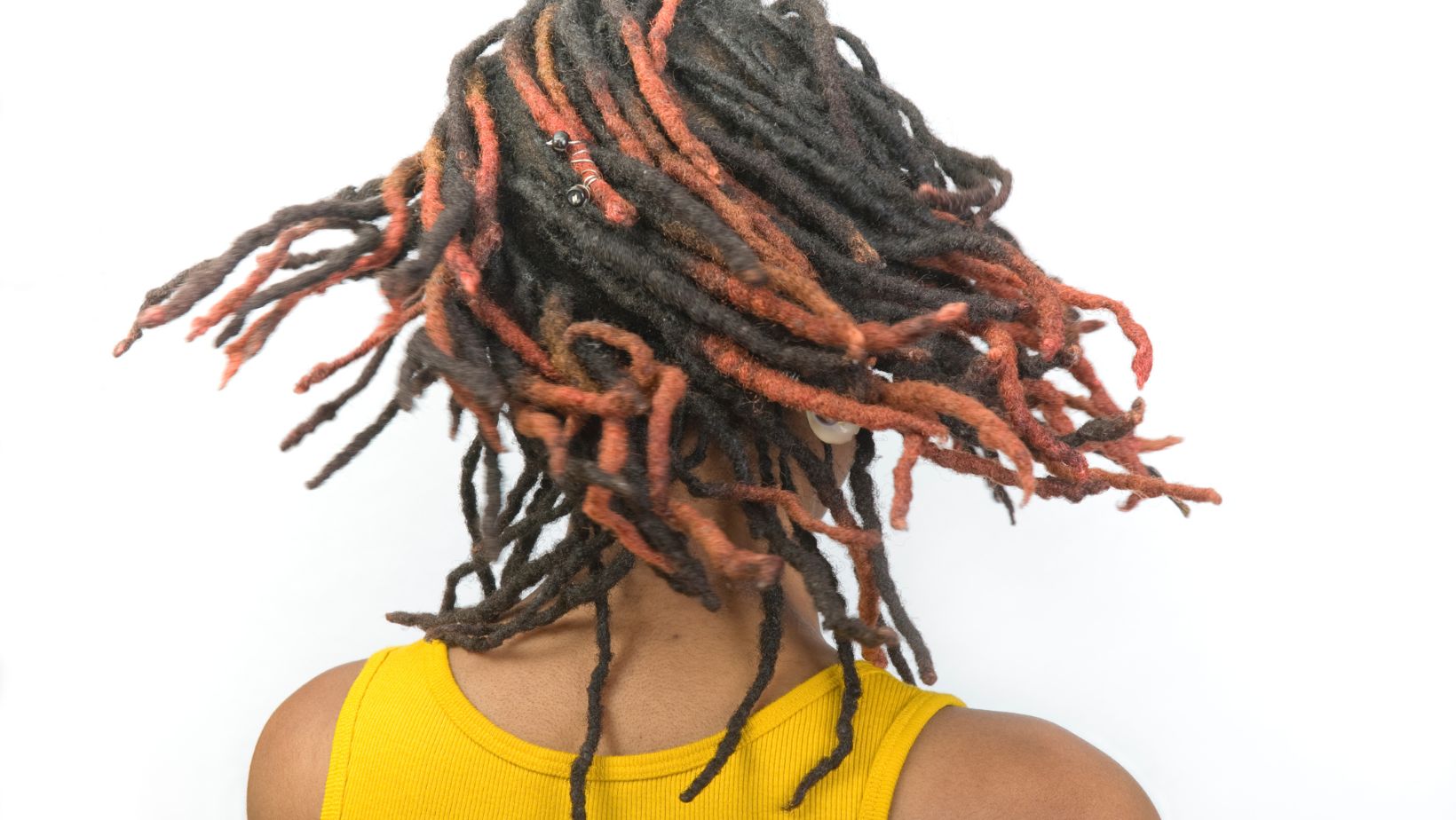Learning How To Do Dreads on Natural Hair

How To Do Dreads on Natural Hair
When it comes to styling natural hair, one popular option that many people opt for is dreads. Dreads, also known as dreadlocks, are a versatile and low-maintenance hairstyle that can be achieved on various hair types. Whether you’re looking to embrace your natural texture or simply want a new look, learning how to do dreads on natural hair can be an exciting journey.
Creating dreads on natural hair requires a combination of techniques and patience. It’s important to note that the process may take several hours or even days depending on the length and thickness of your hair. However, with the right tools and knowledge, you can achieve beautifully styled dreads at home.
In this article, I’ll guide you through the step-by-step process of creating dreads on natural hair. From preparation and sectioning techniques to methods for locking your hair, we’ll cover everything you need to know to achieve stunning dreads that suit your individual style. So grab your comb, some clips, and let’s get started on this transformative journey towards fabulous dreads!

Preparing Your Natural Hair
When it comes to getting dreads on natural hair, the first step is to prepare your locks for the process. This involves a few key considerations and steps that will help ensure the best results. Here are some important points to keep in mind:
- Cleanse and Detangle: Before starting the dreadlocking process, it’s essential to have clean hair. Give your tresses a thorough wash using a clarifying shampoo to remove any product buildup or residue. After washing, gently detangle your hair with a wide-toothed comb or your fingers. This will make it easier to section and manipulate your strands later.
- Moisturize and Condition: Keeping your natural hair moisturized is crucial for maintaining its health during and after dreadlocking. Apply a leave-in conditioner or moisturizing cream to keep your locks hydrated and prevent them from becoming dry or brittle.
- Sectioning Your Hair: Divide your hair into sections of equal size before starting the dreadlocking process. The size of each section depends on personal preference, but generally smaller sections create thinner dreads while larger sections result in thicker ones.
- Protect Your Scalp: As you work on creating dreads, it’s important to protect your scalp from excessive tension or damage. Avoid pulling too tightly when twisting or palm rolling, as this can lead to discomfort or even traction alopecia over time.
- Patience is Key: Creating dreads on natural hair takes time and patience, especially if you’re starting with longer locks. Remember not to rush the process; allow enough time for each section to lock up properly before moving on to the next one.
By following these preparatory steps, you’ll set yourself up for success when transitioning into beautiful dreads on your natural hair! Keep in mind that everyone’s journey is unique, so don’t be afraid to experiment with different techniques until you find what works best for you.
Sectioning the Hair
When it comes to creating dreads on natural hair, one of the most important steps is sectioning the hair properly. This initial process sets the foundation for your dreads and ensures that they are evenly distributed throughout your head. Here’s a breakdown of how to go about sectioning your hair:
- Start with Clean, Dry Hair: Before you begin sectioning, make sure your hair is clean and dry. This will allow for easier manipulation and prevent any unwanted tangling or breakage.
- Divide into Small Sections: To achieve neat and uniform dreads, divide your hair into small sections using a rat-tail comb or your fingers. The size of each section will depend on personal preference and desired dread thickness.
- Use Clips or Elastic Bands: As you work through each section, use clips or elastic bands to keep the rest of your hair out of the way. This will help maintain organization and prevent sections from merging together.
- Create Even Partings: When sectioning, aim for even partings from root to tip. Consistency in size and shape will result in more uniform-looking dreads overall.
- Consider Your Hair Texture: Take into account your natural hair texture when dividing sections. Curly or coily hair may require smaller sections compared to straighter textures to ensure proper lock formation.
Remember, patience is key during this process as it can be time-consuming depending on the length and thickness of your hair. Taking care in sectioning will ultimately yield well-defined and manageable dreads that you can enjoy for years to come.
What's Your Reaction?
Deepak is a lover of nature and all things sporty. He loves to spend time outdoors, surrounded by the beauty of the natural world. Whether he's hiking, biking, or camping, Deepak enjoys being active and in touch with nature. He also loves to compete and push himself to his limits. Deepak is an avid cyclist, runner, and swimmer. He has competed in several triathlons and marathons, and is always looking for new challenges to take on.


